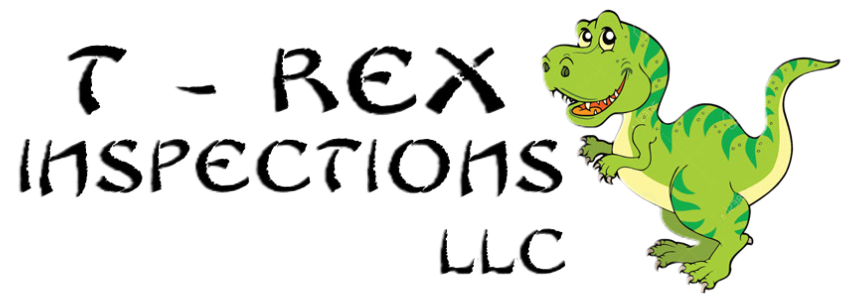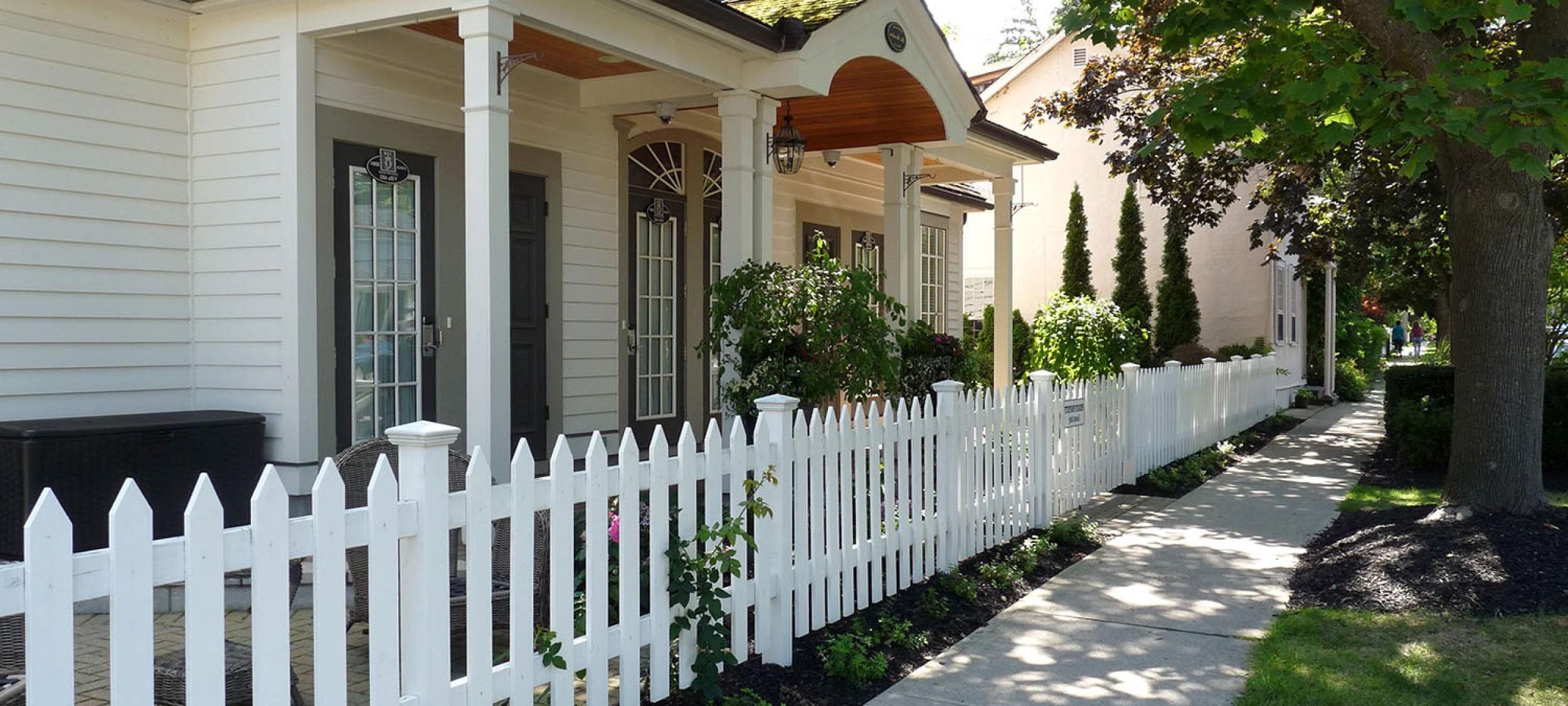 Your home is your most significant asset
Your home is your most significant asset Protecting what's important to you
Protecting what's important to you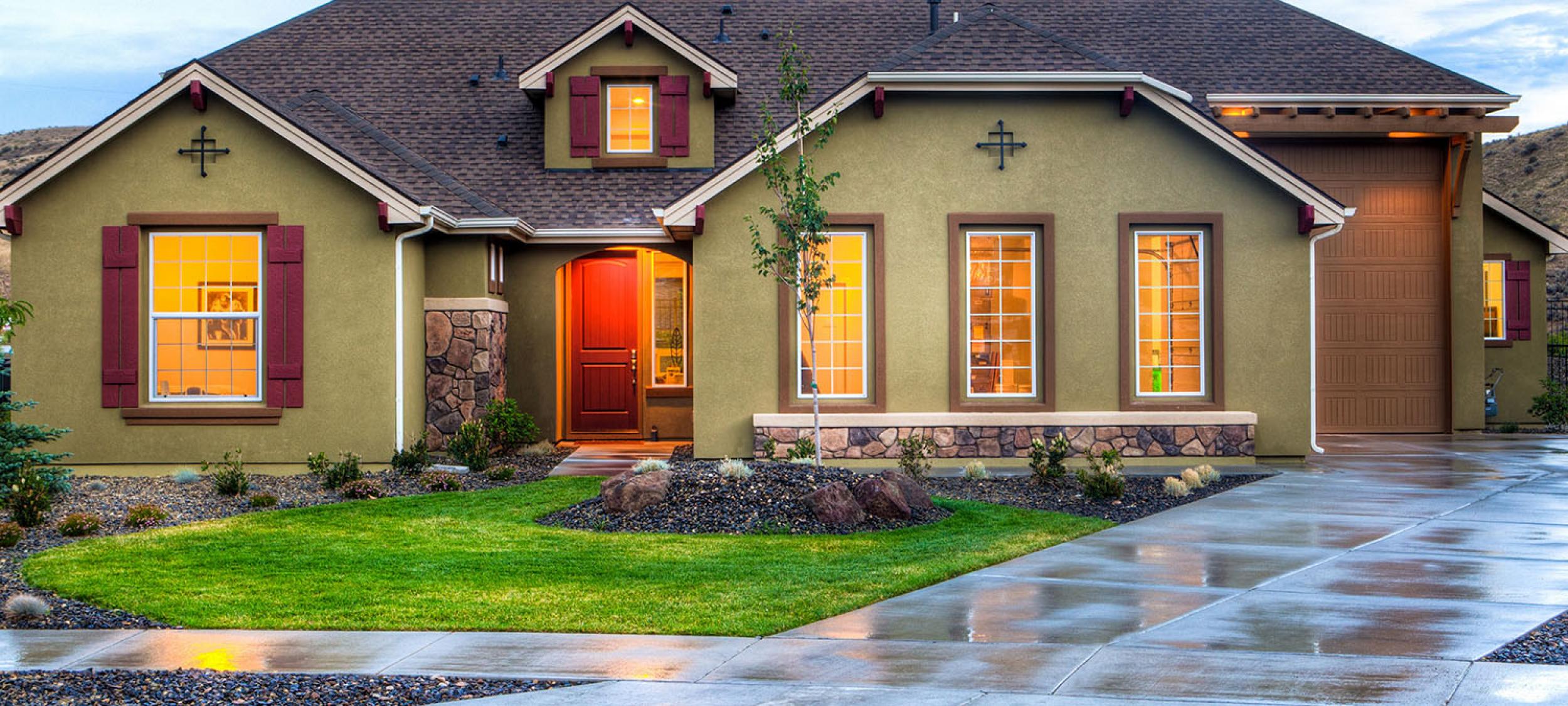 We help you make an informed decision
We help you make an informed decision We take the stress out of home buying and selling
We take the stress out of home buying and selling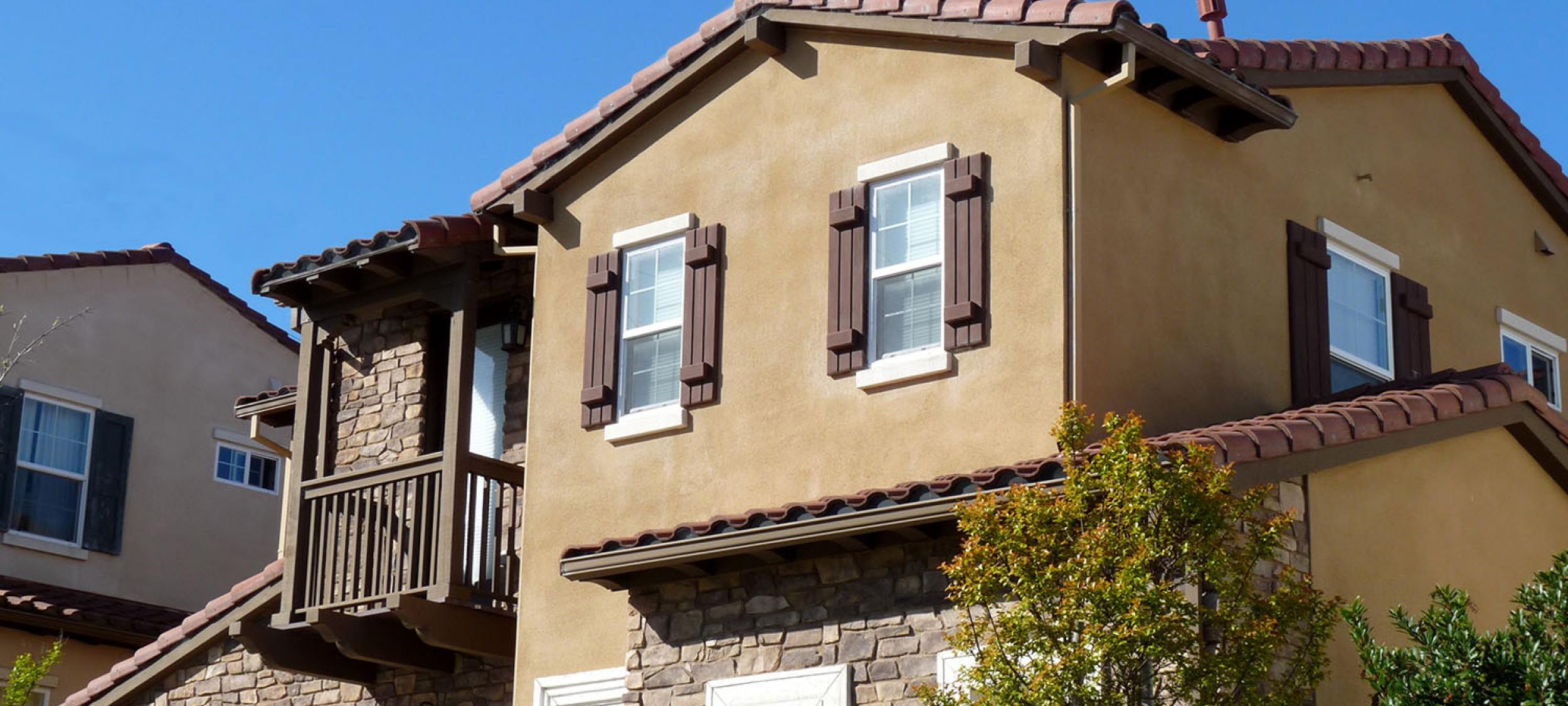 Our report includes constructive tips and recommendations
Our report includes constructive tips and recommendations
-
Our Service
Learn MoreWhether you’re buying or selling your home, we offer a range of quality inspection services to meet your needs.
-
Our Report
Learn MoreWe provide a same-day, detailed and easy-to-understand report including visuals and recommendations.
-
Quality Home Inspections
and Radon Testing
for Wisconsin & Illinois
Licensed, Certified and Insured.Buy or sell your home with confidence. Get informed.
Your home is one of your most significant investments. Whether buying or selling, a high-quality home inspection provides the valuable information you need to make sound decisions and avoid costly mistakes.
Thorough and Informative Inspections
That’s where T-Rex Inspections come in. Our home inspection service is comprehensive and informative. We take time with every home inspection and use specialized tools for optimum results. We invite our clients to accompany us and ask questions. It’s like getting a course in home ownership! And finally, we provide a detailed and easy-to-understand inspection report with tips and recommendations.
Empowering Homeowners
When it comes to your home, having the right information at your fingertips can mean a world of difference. Let us help you make informed decisions about one of the most significant investments of your life.
We believe that a well-informed client is a happy client. That’s why we go above and beyond to ensure you understand every aspect of your home inspection. Our inspectors are not only highly trained and experienced, but they also have a passion for educating our clients. You can trust us to provide you with the knowledge you need to make confident decisions about your home.
-
Contact Us Today!
Book Your Inspection OnlineAt T-Rex Inspections, we’re not just in the business of inspecting homes; we’re in the business of empowering homeowners. Contact us today at 262-581-3367 to schedule your home inspection and take the first step towards a more informed and confident home buying or selling experience.
-
Wet Basements – A Homeowner’s Biggest Concern
The words are all-too-familiar to many homeowners. It is said that more than ninety-eight percent of all houses have had, or will have, basement leakage at some point.
Identifying the Problem:
The presence of efflorescence, a whitish mineral deposit on the interior of foundation walls, indicates moisture penetration. It should be noted that the severity of the problem, or whether the problem is active, is not indicated by the amount of efflorescence. Other clues are rusty nails in baseboards, rotted wood near floor level, rusted metal feet on appliances, mould and mildew, lifted floor tiles, storage on skids, peeling paint and the presence of dehumidifiers.
Corrective Action:
Poor surface drainage is one of the main causes of basement leaks. The ground should slope away from the house a rate of one inch per foot for at least the first six feet. As a preventative measure, seal where the driveway and sidewalk meet the foundation walls. The gutter and downspout systems must also perform properly. If downspouts are ever suspected of being disconnected, broken or clogged below ground level, they should be redirected to discharge above grade at least six feet away from the house. Also, gutters should be kept clear of debris.
Localized low areas including basement stairwells, window wells, et cetera, may allow water to collect. Drains should be provided in the bottom of these. Where there are no drains, plastic dome covers over the window wells allow light into the basement while minimizing water and snow accumulation.

More Extreme Measures:
In the vast majority of cases, basement leakage is not significant from a structural point of view and can be controlled relatively inexpensively, as discussed above. However, the presence of foundation cracks, damaged perimeter drainage tiles, a high water table or underground streams may call for more extreme corrective measures. These measures are used when chronic flooding occurs.
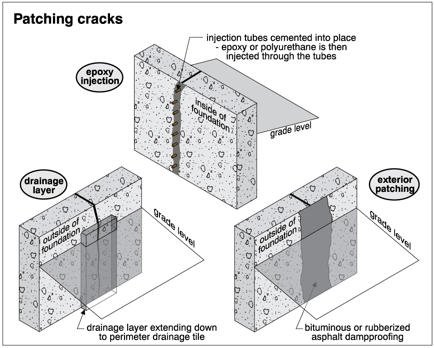
Sealing foundation cracks can be performed several ways with the cost of repairs varying. The approach taken depends on the specific crack; however, the most successful approach is sealing from the outside (Cost $500 - $900). Urethane or epoxy injection repairs can be done from the interior on poured concrete walls only (cost $400 - $600).
Excavating, dampproofing and installing drainage tiles should be used as a last resort. Dampproofing on the exterior typically involves parging a masonry foundation wall with a one-quarter inch layer of mortar covered with a bituminous or plastic membrane which extends down to the footings.
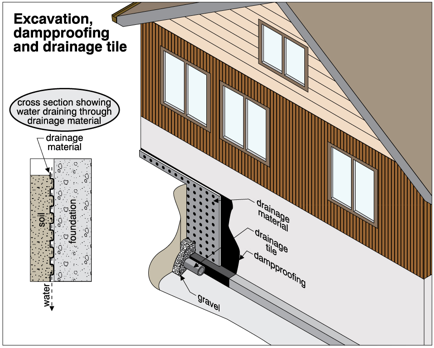
The drainage tile laid beside the footing is covered with gravel and filter paper. These tiles can often be damaged or clogged by roots and some localized repairs may be required.
Because excavating on the exterior is expensive ($8,000 - $15,000 typically), an alternative is an interior drainage system. The cost of this approach is one-third to one-quarter the cost of exterior work. There are many cases where this proves satisfactory, although this must be judged on a case by case basis.
Where underground streams and/or a high water table are present, sump pumps are usually required.
Line drawings are from the Carson Dunlop Home Inspection Training Program and Home Inspection Software Tool – Horizon
